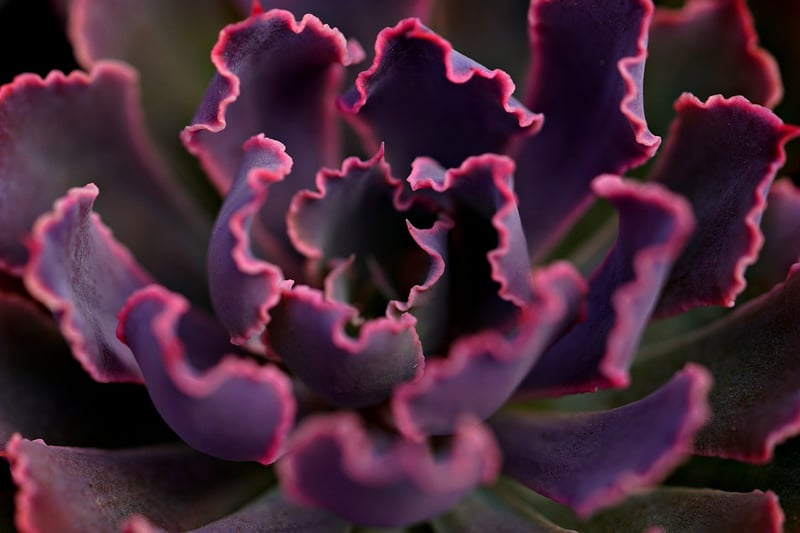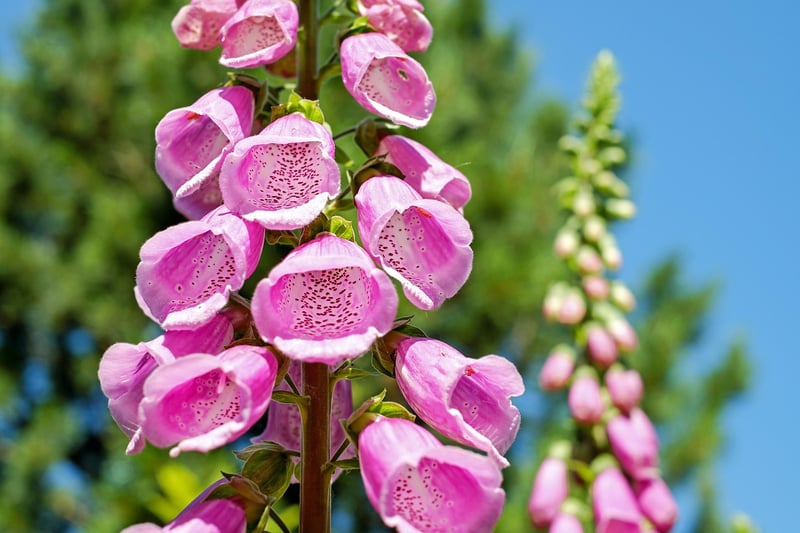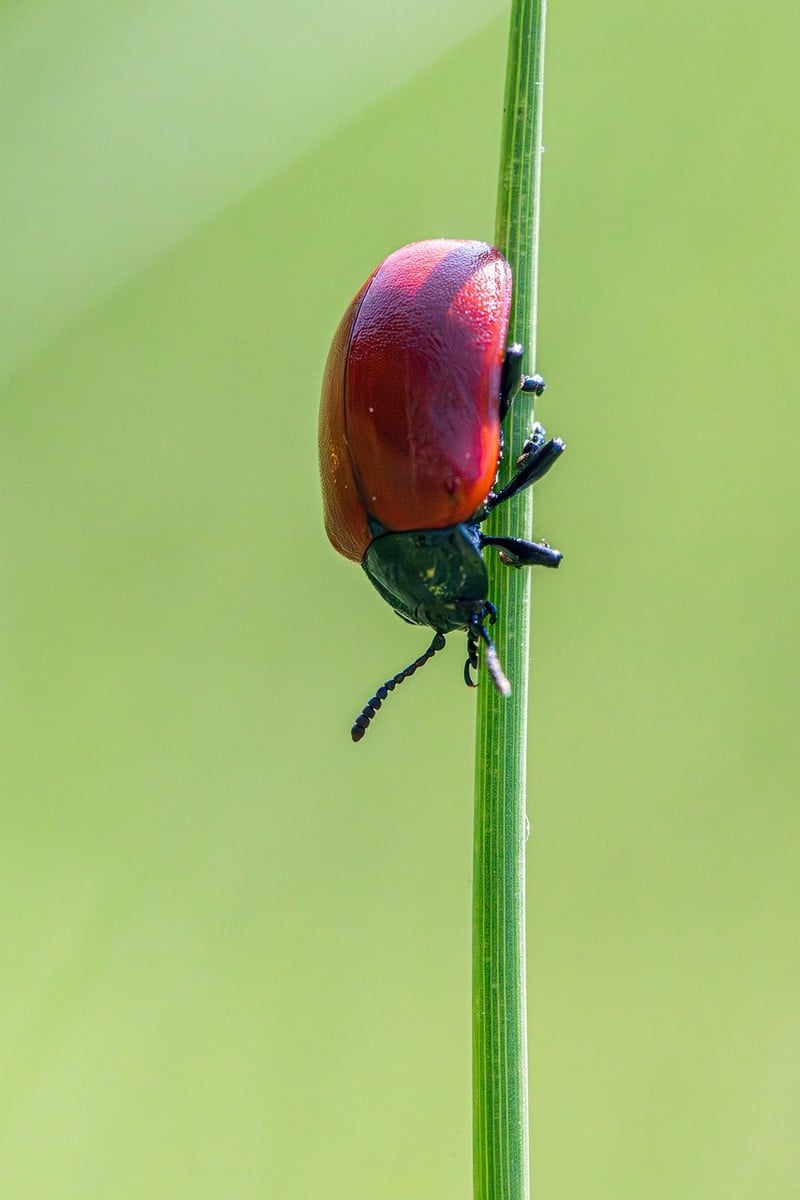Pest control methods
Keeping Your Vertical Garden Flourishing
Introduction
Vertical gardens are a fantastic way to bring greenery into small spaces and add a touch of nature to your surroundings. To keep your vertical garden flourishing, it's essential to provide proper care and maintenance. Here are some tips to help you maintain a healthy and thriving vertical garden.
1. Choose the Right Plants
When selecting plants for your vertical garden, consider the amount of sunlight the area receives and the growing conditions. Opt for plants that thrive in vertical spaces, such as ferns, succulents, and herbs. Make sure to choose plants with similar watering and sunlight requirements to simplify maintenance.
2. Watering Schedule
Proper watering is crucial for the health of your vertical garden. Ensure that your vertical garden has adequate drainage to prevent waterlogging. Water the plants according to their individual needs, and check the soil moisture regularly. In hot weather, you may need to water more frequently.
3. Fertilization
Provide your vertical garden with essential nutrients by fertilizing the plants regularly. Choose a balanced fertilizer or a formula specific to the types of plants you have. Follow the instructions on the fertilizer packaging to avoid overfeeding, which can harm the plants.
4. Pruning and Trimming
Regular pruning and trimming help maintain the shape and health of your vertical garden. Remove dead or yellowing leaves, spent flowers, and overgrown stems. Pruning encourages new growth and prevents disease spread among plants.
5. Pest Control Methods
Introduction to Pest Control
Despite your best efforts, pests can sometimes find their way into your vertical garden. It's essential to address pest issues promptly to prevent damage to your plants. Here are some eco-friendly pest control methods to keep your vertical garden pest-free:
1. Neem Oil Spray
Neem oil is a natural insecticide that can effectively control pests like aphids, mealybugs, and spider mites. Mix neem oil with water according to the instructions and spray it on the affected plants. Repeat the application as needed until the pests are eliminated.
2. Beneficial Insects
Introduce beneficial insects like ladybugs and lacewings to your vertical garden. These insects prey on common garden pests, helping to keep the pest population in check. You can attract beneficial insects by planting nectar-rich flowers nearby.
3. Diatomaceous Earth
Diatomaceous earth is a natural powder that can be sprinkled around your vertical garden to deter pests. The sharp particles in diatomaceous earth damage the exoskeletons of insects, effectively controlling pests like slugs, snails, and ants.
Conclusion
By following these tips for maintaining your vertical garden and implementing eco-friendly pest control methods, you can ensure that your vertical garden remains healthy and thriving. Enjoy the beauty of lush greenery in even the smallest of spaces!


